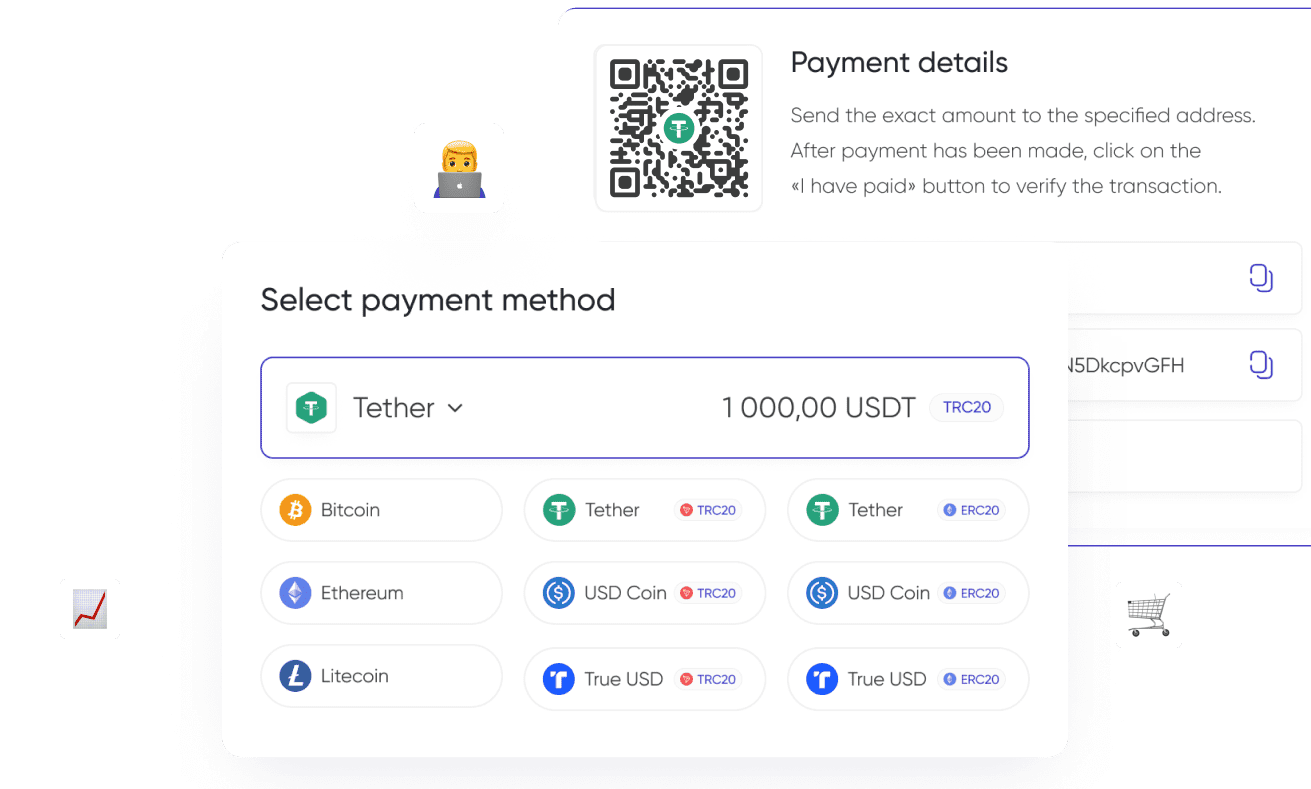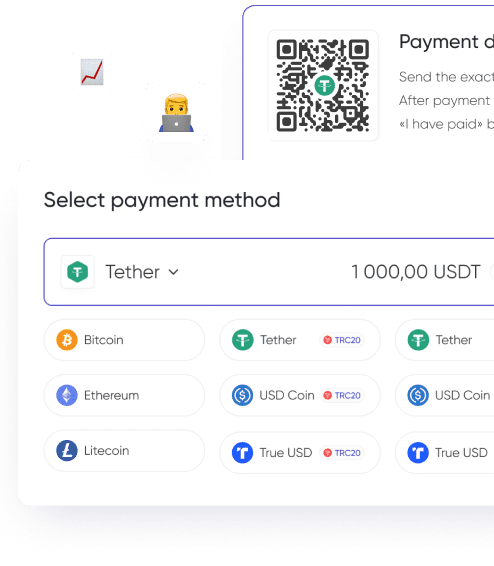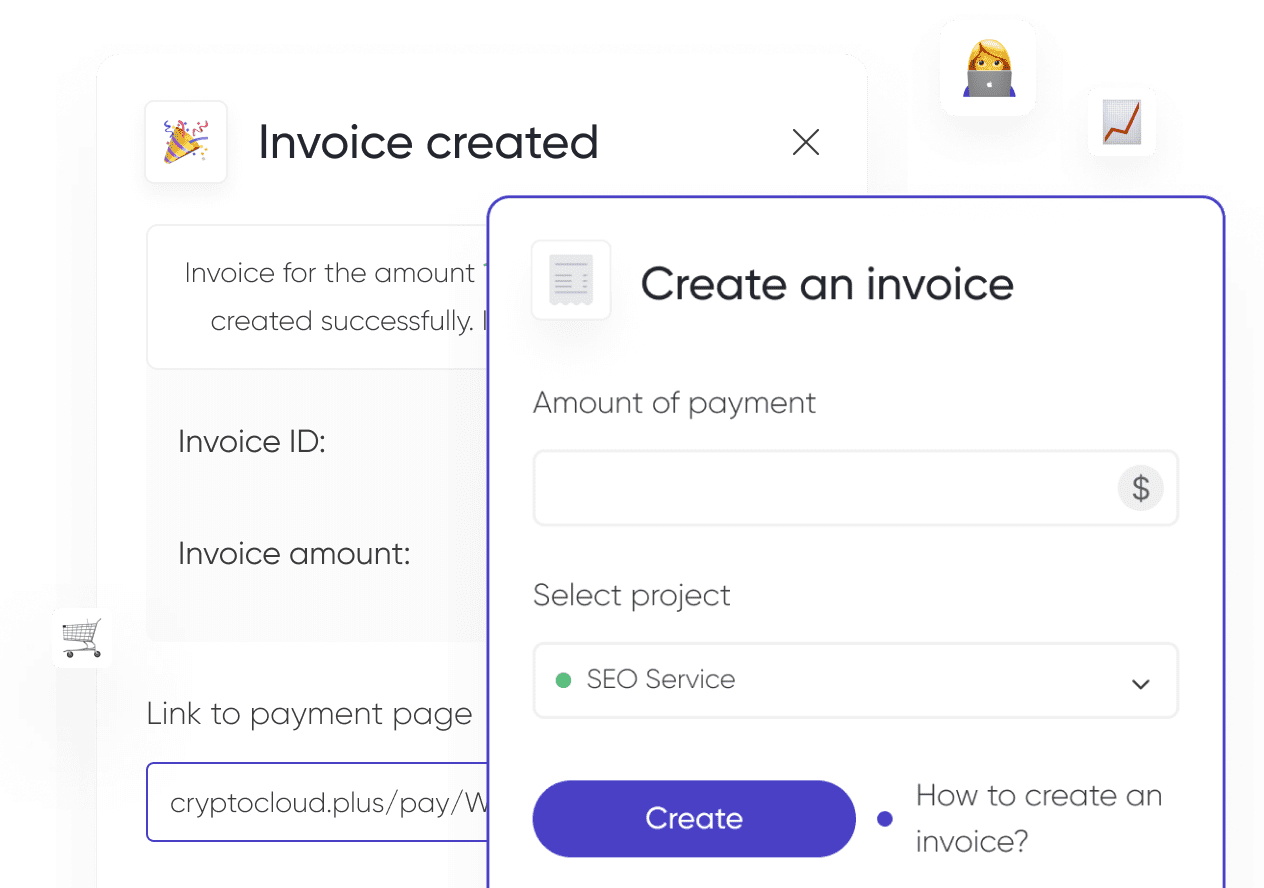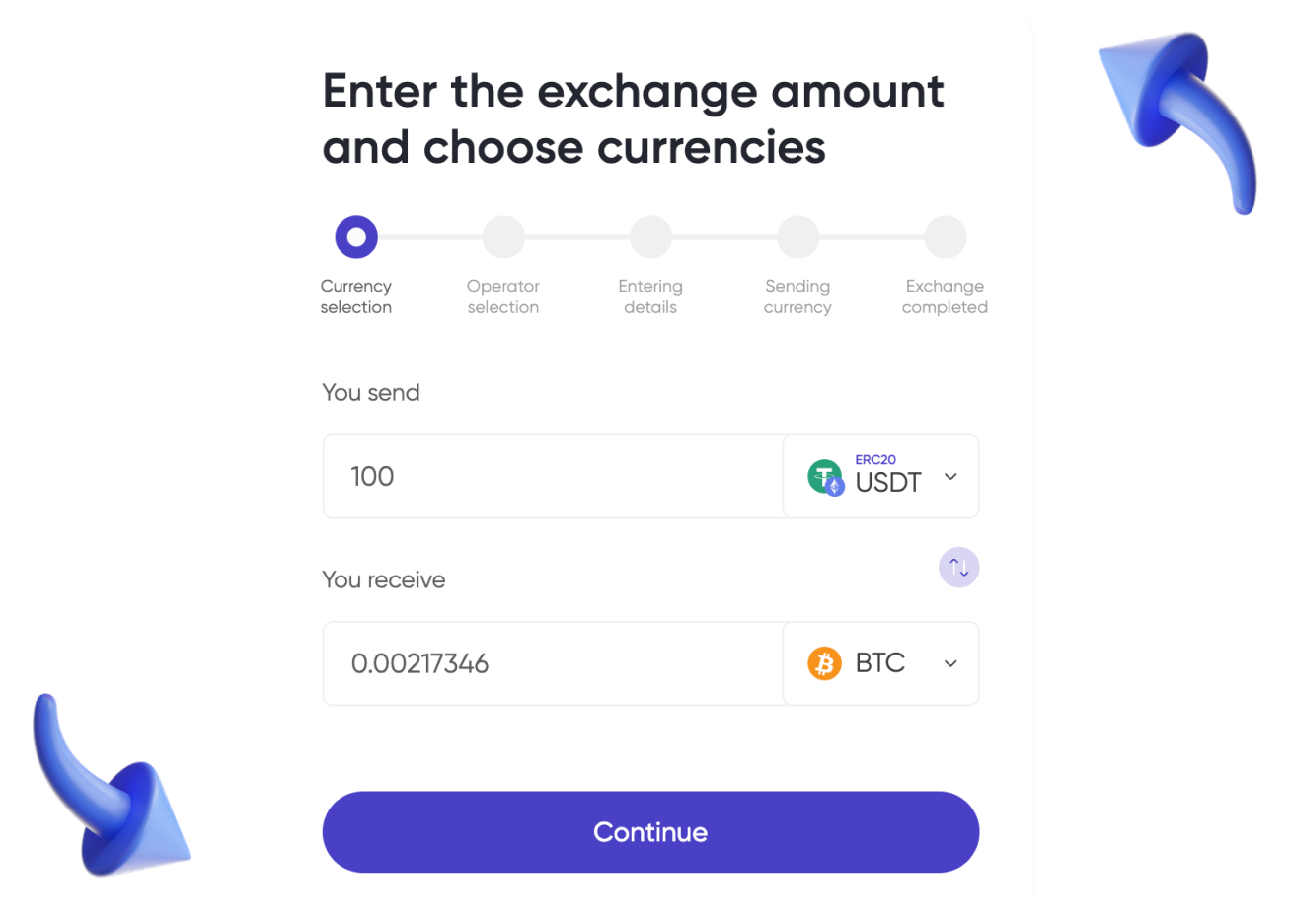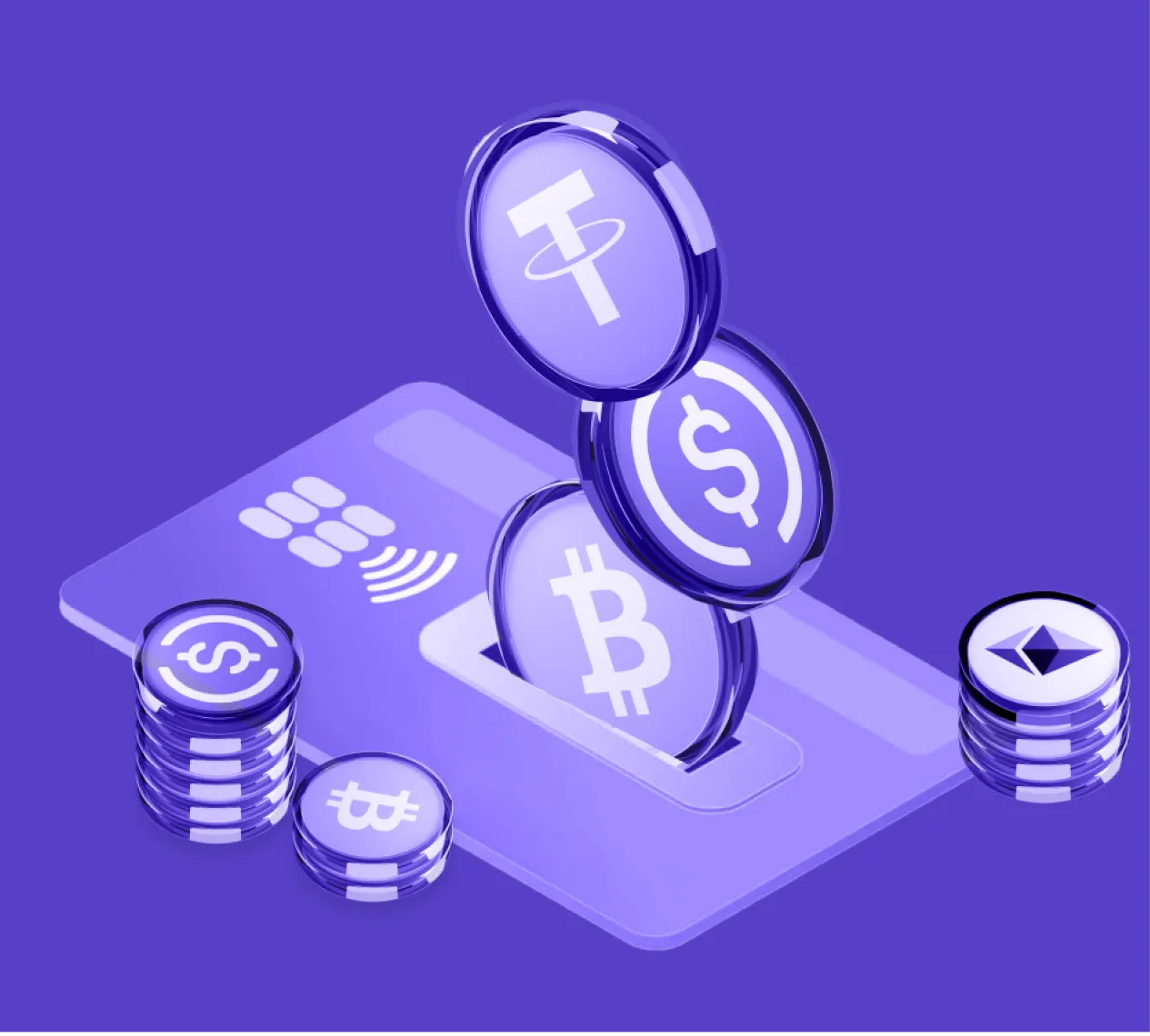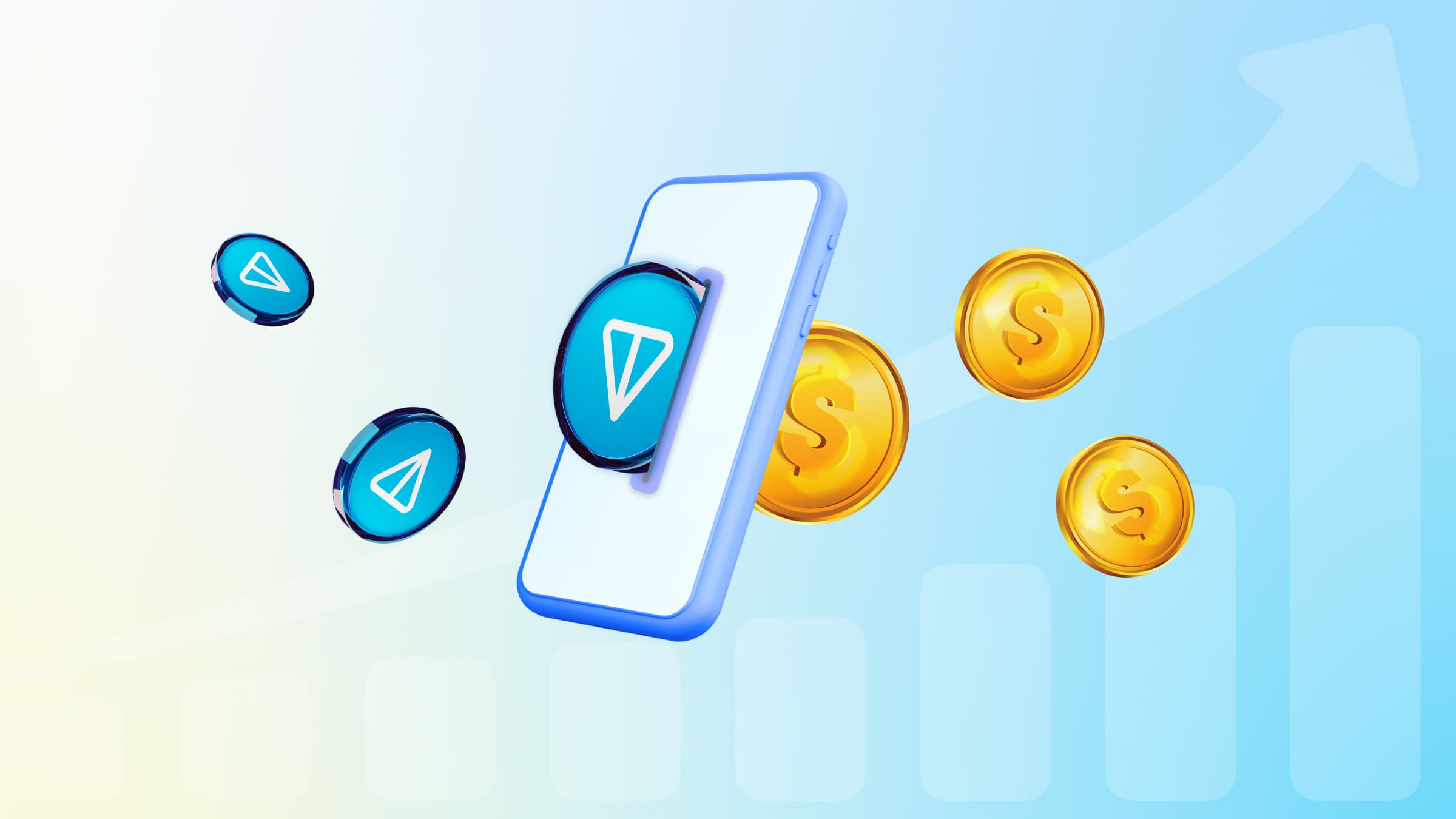Bitcoin is the most popular cryptocurrency in the world with a market capitalization exceeding $1.3 trillion. One of the principles on which the work of this digital currency is based is regular halving.
In this article we tell you how Bitcoin functions, what cryptocurrency halving is, how it affects the market and what will happen after bitcoin halving in 2024.
Bitcoin's Working Principle
Bitcoin is a decentralized cryptocurrency developed in 2008. It is powered by a blockchain, a database that stores all transactions made with each coin in circulation. This information is distributed to all computers in the blockchain network, ensuring that the cryptocurrency is completely decentralized.
The currency issuance is limited — the total number of coins that can be issued is 21 million. As of May 2024, more than 19.7 million BTC are in circulation. After reaching the established limit, mining new coins will become impossible.
Mining (extraction) Bitcoin is solving a mathematical task. The mining process is controlled by special algorithms — for bitcoin it is Proof-of-Work. After the task is completed, a new block of operations appears in the network, and the user who gets this solution first receives a reward.
What Is Halving?
Bitcoin halving is a twofold reduction in the reward that miners receive for new blocks. This process is spelled out in the Bitcoin protocol. The reduction occurs when 210,000 blocks are mined, or roughly every 4 years. The main purpose of halving is to reduce the rate at which coins are released.
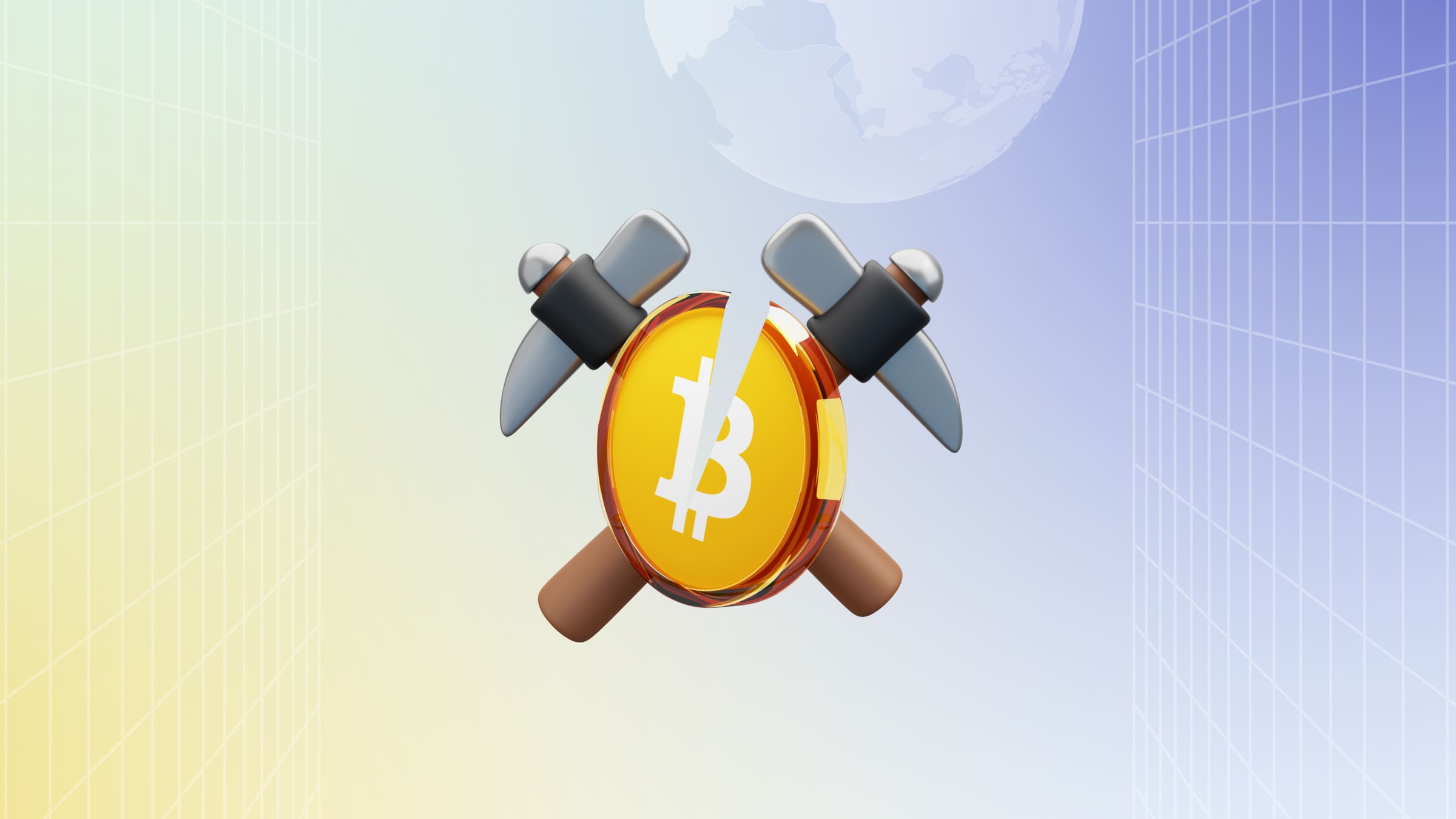
It is a toll for fighting inflation. Thanks to halving, the receipt of new coins slows down as the limit (21 million) is approached, and even a sharp increase or decrease in the computing power of miners cannot significantly affect the issuance algorithm.
At the time of the cryptocurrency's creation, miners received 50 BTC for each block created. As blocks were created, the size of the reward decreased. The bitcoin halving chart for its entire history is as follows.
- 28.11.2012 (25 BTC)
- 09.07.2016 (12.5 BTC)
- 11.05.2020 (6.25 BTC)
- 19.04.2024 (3.125 BTC)
Halving Impact
The decrease in the reward for generating blocks and, consequently, the emission of BTC has an impact both on the exchange rate and on the participants of the network.
From the users' perspective, mining after halving becomes less profitable, especially if the coin's exchange rate remains roughly the same. As a result, some users are forced out of bitcoin mining because mining becomes too costly.
As a rule, the number of miners working with less modern equipment decreases: for older equipment, the complexity of bitcoin mining becomes an obstacle to efficient mining, with profits exceeding costs.

The result of this selection of participants is the increasing centralization of the coin, as only the major players who control the bulk of computing power remain in the market.
The ultimate goal of halving is to smoothly lead users to the moment the coin limit is reached — approximately by 2140. After that, block generation will stop generating revenue, and miners' main profit source will remain the commission for processing transactions.
Experts have different answers to the question of how halving affects the price of cryptocurrency. Historically, the rate has increased each time the issuance has decreased. However, according to many experts, this growth is more of a psychological effect: users believe in the increase in price, see a decrease in supply and more actively buy coins, which stimulates the bitcoin rate.
With each halving, its effect on the value of bitcoin in dollars was less and less significant in percentage terms.
April 2024 Halving
Last month, Bitcoin underwent halving, cutting the mining reward from 6.25 to 3.125 bitcoins.
Before the halving, excitement drove prices up, and right after, Bitcoin’s price surged. However, some short-term fluctuations occurred as traders took quick profits. Despite this, long-term investors remained optimistic, knowing past halvings have led to significant price growth over time.
This halving also came during economic uncertainty, making Bitcoin more attractive as a hedge against inflation. Overall, while short-term volatility was present, the reduced supply and increased demand are expected to drive Bitcoin's price higher in the long run.
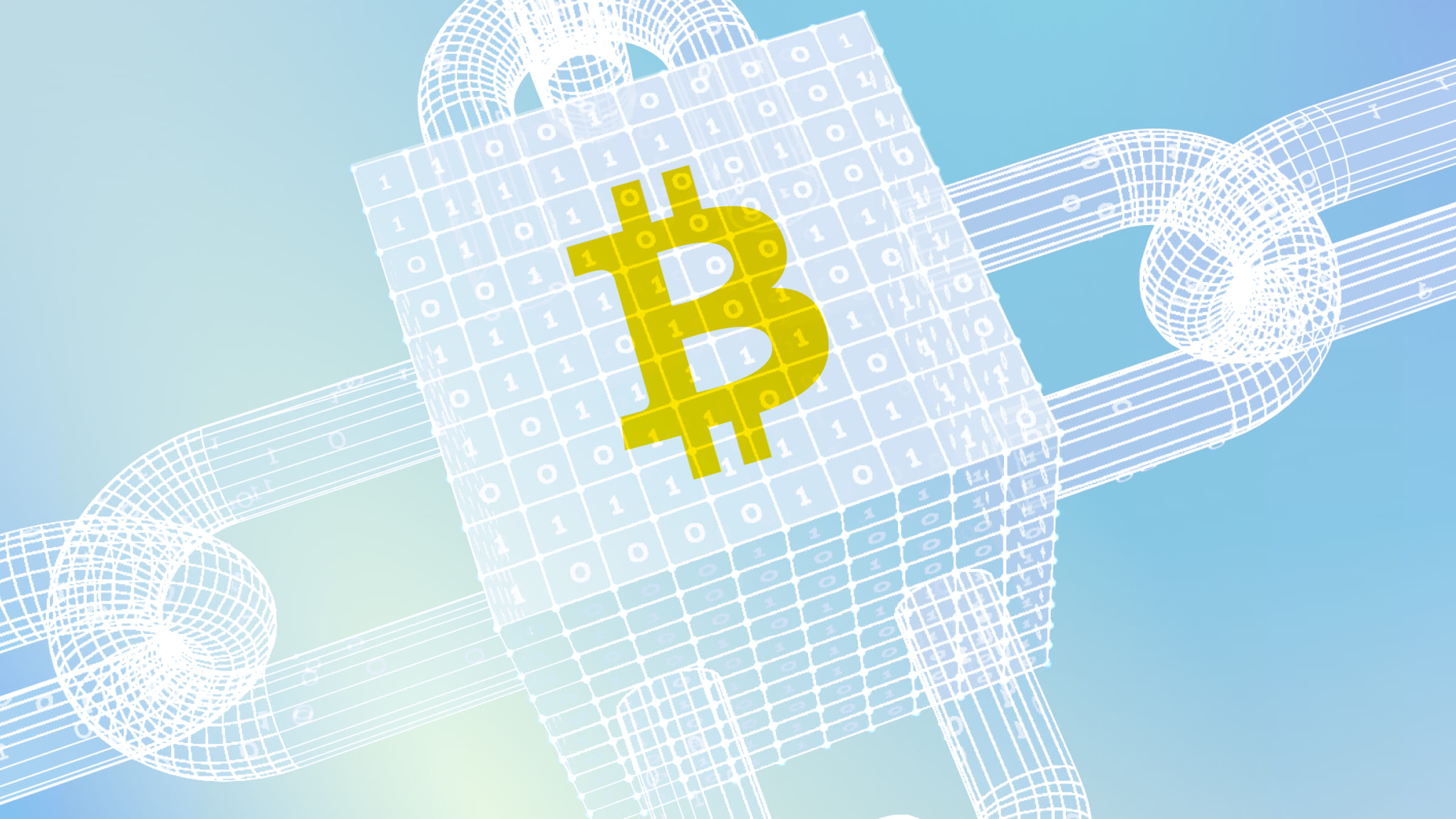
Market Reaction to Previous Halvings
Bitcoin experienced the highest increase in price as a result of a halving in 2012. The price climbed the entire year leading up to the event, and increased from $12 to $1,000 in the months following the cut.
The next halving had a less significant effect in percentage terms, with the rate increasing 30-fold in a matter of months, rising from $670 to $20k. The third halving, which occurred in May 2020, saw the price increase from $8700 to $63.5k.
Experts assume that the trend will continue and a new reduction in issuance will have an impact on the exchange rate, although to a lesser extent than the previous ones. When forecasting, it is important to take into account that halving is only one of the factors on which the price of the currency depends, and other events in the crypto market should be taken into account when assessing its impact on the exchange rate.
Halving 2024: What to Expect
Halving is a reduction in the reward for mining blocks in a blockchain. This reduction is performed approximately every four years and is necessary to control bitcoin issuance.
Historically, each halving has stimulated an increase in the value of the currency. Such an effect is also expected from the nearest emission reduction, which took place in April 2024. According to most experts, the objective impact of halving on the price of the coin is small, as more than 90% of bitcoins are already in circulation, but the increased interest in buying is likely to increase the value of BTC.







